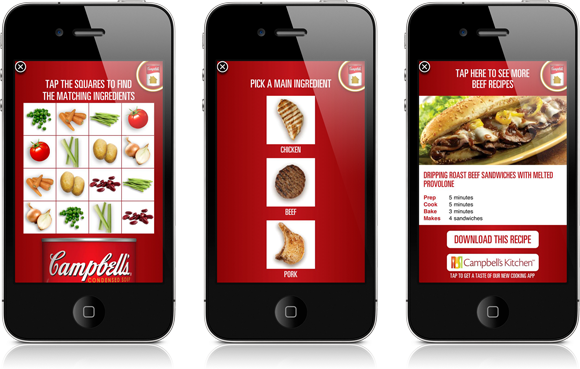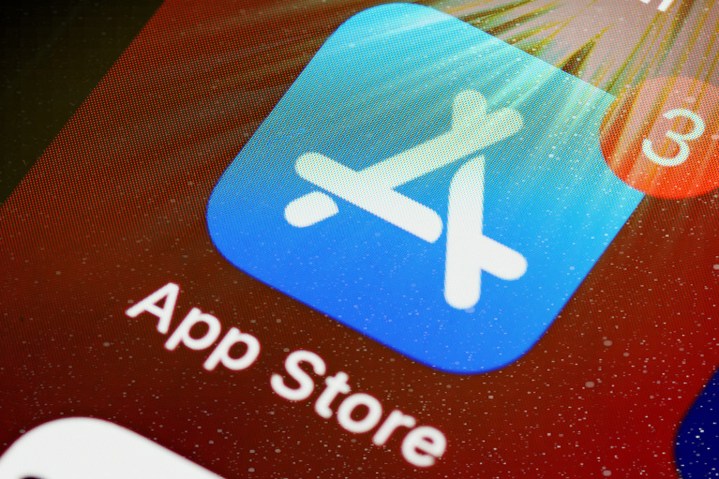Apple sent out a note this week to app developers confirming that more advertising could be coming to the iPhone App Store in time for the holiday season. With the amount of advertising that already permeates the modern internet, the news has raised concerns that iPhone owners may soon find themselves wading through a sea of ads before they can find the app they’re looking for.
Anything can happen, so I can’t rule out the possibility that Apple could go too far on this one. However, I remain cautiously optimistic that Apple’s expanded advertising initiatives won’t ruin the App Store experience. It might even enhance it.
Apple’s App Store advertising ambitions
When you think of online advertising, Apple isn’t usually the first company that comes to mind. Most folks wouldn’t even include it in the top five. Other tech giants like Google, Meta (previously Facebook), and Amazon are generally the ones on the online advertising leaderboard.
After all, Apple is primarily viewed for its products: the iPhone, iPad, Apple Watch, and Mac, to name a few. Sure, it’s more recently begun expanding into services like Apple TV+ and Apple Arcade, but those are still consumer-facing subscription services. That’s quite different from advertising.
However, it may surprise you that Apple has been dabbling in advertising for over a decade. It just hasn’t been particularly successful at it. In the fledgling days of the App Store in 2010, Apple created its own ad network that it dubbed iAd.

With iAd, Apple’s goal was to provide a simple framework for developers to make money by showing ads within their apps. Apple would act as the middleman, curating and providing these ads — and taking a 40% cut of the ad revenue in exchange.
Don’t feel too bad if you’ve never heard of iAd. Despite launching to much fanfare at Apple’s 2010 Worldwide Developers Conference, iAd fast became a project that Apple likely wishes it could forget ever happened. Alas, iAd failed to gain any meaningful traction, dying a slow death over the years before Apple finally put it out of its misery in 2016.
Ads in the App Store today
Nevertheless, Apple refused to give up on advertising entirely, and out of the ashes of iAd, it came up with a new idea: search ads on the App Store.
Launched in 2016 as Apple Search Ads, the new service took a different approach. Instead of taking a cut from third-party ads that developers run in their apps, Apple would sell ad spots directly to developers to help them promote their apps on the App Store.

If you’ve ever opened the search tab in the App Store on your iPhone or iPad, you’ve likely noticed these search ads. They appear in two specific places: one at the top of the “Suggested” section when you first open the search page and the other at the top of the results shown after you search for something.
Apple marks these clearly with an “Ad” tag, so there’s no doubt about what you’re seeing, and the company has some pretty restrictive rules about what developers can show in these ad spots. Most significantly, the ads can only contain content from apps’ approved App Store product pages.
The same ads you know, but more of them
Apple’s approach is very conservative compared to most online ad networks, and there’s no reason to believe the company is about to change that stance even as it seemingly plans to expand the number of places where ads will appear on the App Store.
In July, Apple announced plans for ads to appear in two more places in the App Store: the central “Today” page and a new “You Might Also Like” section at the bottom of individual app product pages.
At the time, Apple didn’t say when these new ad spots would launch. However, an advertising webinar invite sent out to developers this week hints they could be coming soon.
I’m unsure if a timeline for Apple’s new ad placements in the App Store had previously been announced, but it appears that they’ll be live for the “holiday season” pic.twitter.com/drcgIAYlTo
— Eric Seufert (@eric_seufert) September 13, 2022
The message doesn’t provide too many specifics, but the mention of “new placements coming soon” in the headline suggests this could be the main focus of the webinar.
In a statement to multiple media outlets in July, Apple made it clear that it has no plans to change its policies for how advertising is handled on the App Store.
“Apple Search Ads provides opportunities for developers of all sizes to grow their business,” an Apple spokesperson said. “Like our other advertising offerings, these new ad placements are built upon the same foundation — they will only contain content from apps’ approved App Store product pages and will adhere to the same rigorous privacy standards.” In other words, the same ads will be shown; they’ll just be shown in more places.
Promoting apps is a win-win scenario; Apple collects money directly from developers to run ads while at the same time encouraging more spending on the App Store. Apple isn’t about to start showing third-party ads on the App Store for things like deodorant and pet supplies any more than McDonald’s would advertise Whoppers.
Why I’m not worried
If Apple follows through on its stated plans for these new ad spots, there won’t be much to worry about. The “Today” page is a place for editorial articles written by the App Store team to help folks discover new apps. A single entry, clearly tagged as an ad, would be more like a “sponsored story” than anything else.

Similarly, the “You Might Also Like” section on individual App Store product pages will reportedly be at the very bottom of the page. This would put it below the list of other apps by the same developer. That’s such an easily ignored spot that I’m a bit skeptical this is where it will land, but it’s also unlikely that Apple will tromp on a developer’s App Store page by placing the ad further up.
When it comes to online advertising, it’s also easy to paint with too wide of a brush. Ads can be annoying, but when done properly, they can be helpful. Right now, Apple’s App Store search ads often highlight apps that might be worth a look, giving small indie developers a leg up. Big tech companies aren’t generally paying Apple for search ads on the App Store since they don’t need to. This means you’re likelier to see smaller apps and games you haven’t heard of before appearing in search ads rather than more mainstream apps like Netflix and Genshin Impact.



